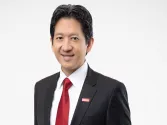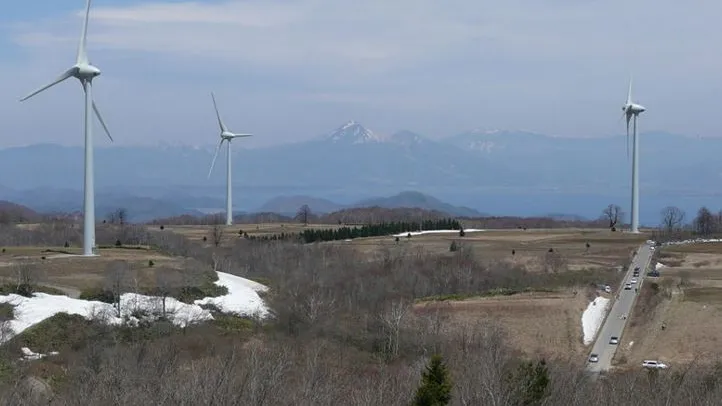
Why is wind power deemed too complicated in Japan?
Windzones are not the only worries players must think about.
When looking at Japan's installed wind power capacity, the surging numbers are beyond impressive. Cumulative capacity has more than doubled in the past 10 years from 1,050MW in 2005 to a whopping 3038 in 2015. However, the numbers from the new installed capacity paints a different story.
"Every body was clapping his hands when Japan's feed-in tariff came in 2012," Jorn Kristensen, senior assocate advisor to the CEO, ENERCON GmbH said in a talk at the World Smart Energy Week 2016. "But results got disappointing after that. Very few projects were successfully commissioned and a handful were delayed."
In 2005 to 2011, prior to the announcement of Japan's FiT, new installed capacity were safely playing in the 220MW to almost 270MW range annually. Come 2012, new installed capacity swooped down to just 58MW and, to everyone's dismay, dropped further to 50MW in 2013. 2014's new installed capacity was a lot better as the numbers doubled to 131MW and finally recovered last year to 244MW.
The energy policies put in place in Japan didn't make the situation better for wind power players. The previous government has decided in 2012 that there will be a nuclear phase-out by 2040. "Japan managed the energy life without the 48 reactors and without any major prower breakdowns but instead of shifting focus to renewable energy, the government decided it wants to return to nuclear power," Kristensen explained.
Currently, the Abe government, who had canceled the decision at the end of 2013 to return to nuke, aims for a "realistic and more balanced" energy structure.
Kristensen said that the new energy plan approved by the Liberal Democratic POarty cabinet in April 2014 deemed nuclear power as the country's "most important power source"--which didn't exactly favor the wind power market.
Kristensen also pointed to the country's geographical diversity as a factor in complicating the wind power market. "Both windzones and earthquake zones must be taken into consideration when applying for a permission in Japan. A lot of tedious engineering work is required just for the permission itself--and we haven't even started with the project," he explained.
The World Smart Energy Week is currently on-going until March 4, 2016 at Tokyo, Japan. The event gathers renowned experts of the smart and renewable energy business fields from across Japan and the world who will share the latest technology and industry trends.
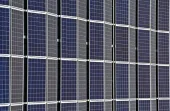

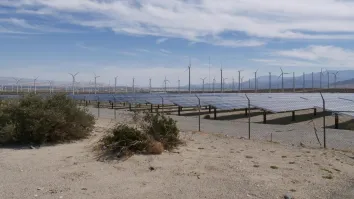
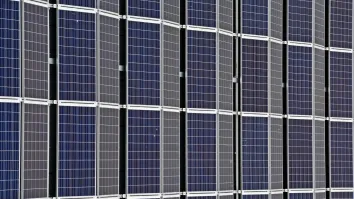
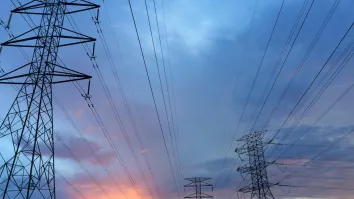
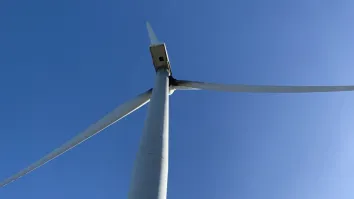













 Advertise
Advertise


